Home>Gardening & Outdoor>Landscaping Ideas>What Causes Rust In Grass
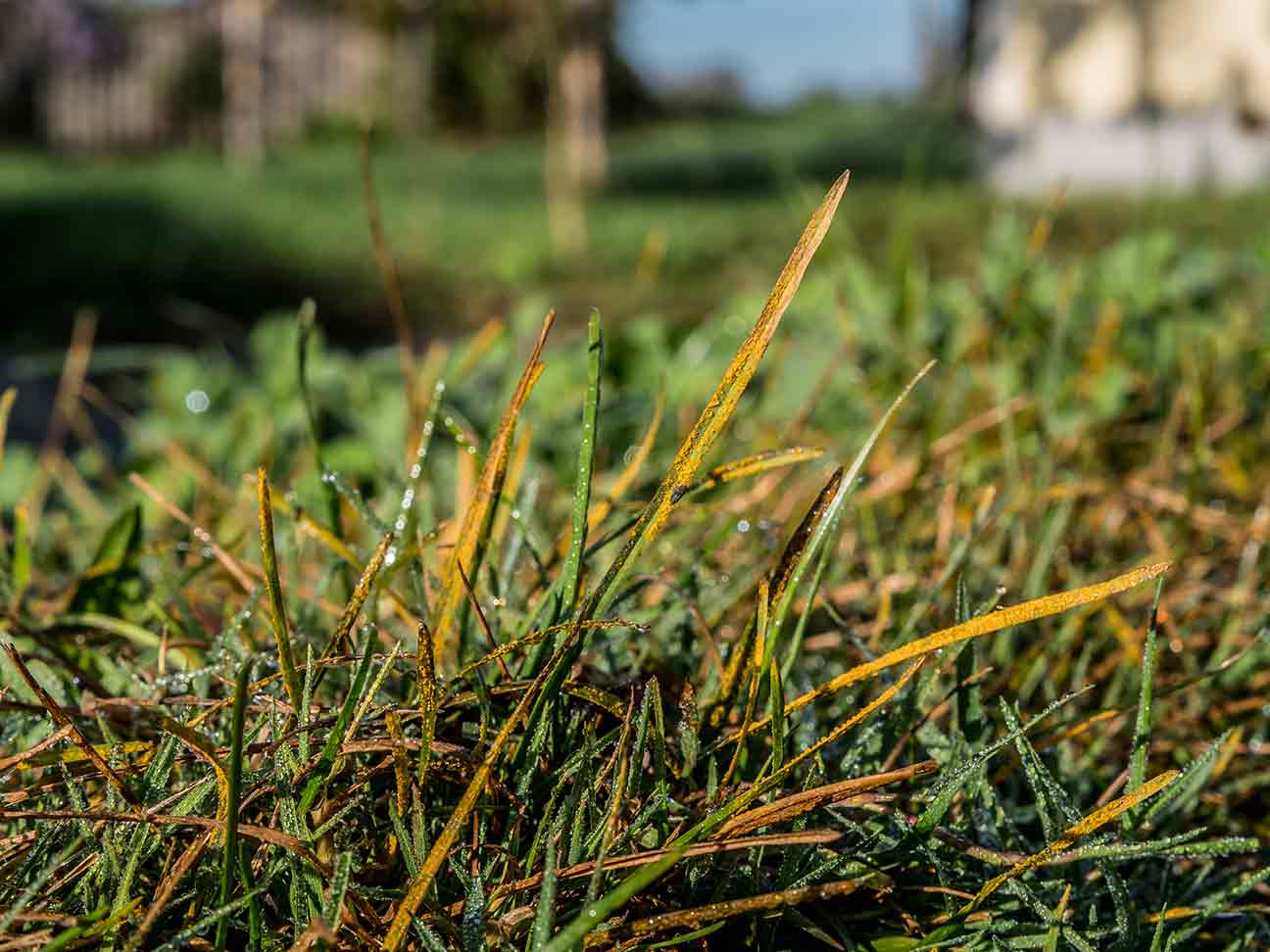

Landscaping Ideas
What Causes Rust In Grass
Modified: March 24, 2024
Discover the main causes of rust in grass and effective landscaping ideas to prevent and treat this common lawn disease. Learn how to maintain a healthy and vibrant lawn.
(Many of the links in this article redirect to a specific reviewed product. Your purchase of these products through affiliate links helps to generate commission for Storables.com, at no extra cost. Learn more)
Introduction
Welcome to the world of landscaping, where the lush green expanse of a healthy lawn can be a source of immense pride and joy. However, maintaining a vibrant and disease-free lawn requires knowledge and effort. One common issue that homeowners encounter is the development of rust in grass. This unsightly problem can detract from the beauty of your outdoor space and indicate underlying issues that need to be addressed.
In this article, we will delve into the fascinating world of rust in grass. We’ll explore the various factors that contribute to its development, from environmental conditions to soil health, fungal infections, and pest infestations. Understanding these factors is crucial for effectively preventing and treating rust in grass, ensuring that your lawn remains a vibrant and inviting oasis for years to come.
So, let’s roll up our sleeves and embark on a journey to uncover the mysteries of rust in grass. By the end of this article, you’ll be equipped with the knowledge and insights needed to tackle this issue head-on, preserving the beauty of your lawn and enhancing your landscaping prowess.
Key Takeaways:
- Rust in grass is caused by factors like excessive moisture, poor soil health, fungal infections, and pests. Understanding and addressing these issues is crucial for preventing and treating rust in your lawn.
- Improving air circulation, balancing soil pH, and managing pests are essential for creating a vibrant, rust-resistant lawn. Proactive prevention and targeted treatments can help maintain a healthy outdoor space.
Read more: What Is Grass Rust
Understanding Rust in Grass
Rust in grass is a common lawn disease characterized by the appearance of orange, yellow, or reddish-brown powdery patches on the blades of grass. This unsightly discoloration is often accompanied by a weakening of the grass, leading to stunted growth and an overall lackluster appearance. Understanding the underlying causes of rust in grass is essential for effective prevention and treatment.
One of the primary culprits behind the development of rust in grass is environmental factors. Excessive moisture, particularly in the form of prolonged dew or high humidity, creates the ideal breeding ground for rust-causing fungi. Additionally, poor air circulation and limited sunlight exposure can exacerbate the problem, as these conditions promote fungal growth and inhibit the grass’s ability to defend itself.
Soil conditions also play a significant role in the development of rust in grass. Imbalanced soil pH, nutrient deficiencies, and compacted soil can weaken the grass, making it more susceptible to fungal infections. Furthermore, grass that is under stress due to inadequate watering or mowing practices is more likely to succumb to rust, emphasizing the importance of proper lawn care in preventing this issue.
Fungal infections, particularly those caused by pathogens such as Puccinia and Uromyces, are major contributors to the development of rust in grass. These fungi thrive in warm, humid conditions and can rapidly spread throughout the lawn if left unchecked. Identifying the specific type of fungus responsible for the rust is crucial for implementing targeted treatment strategies.
Lastly, pests and diseases can weaken the grass, making it more susceptible to rust. Insects such as chinch bugs and diseases like dollar spot can compromise the grass’s health, creating an opening for rust-causing fungi to take hold. By addressing these underlying issues, homeowners can mitigate the risk of rust and promote a healthier lawn overall.
By gaining a deeper understanding of the factors that contribute to the development of rust in grass, homeowners can take proactive steps to prevent and address this issue. In the following sections, we will explore effective strategies for maintaining a rust-free lawn, from proactive measures to targeted treatments, ensuring that your outdoor space remains a vibrant and inviting haven for relaxation and enjoyment.
Environmental Factors
Environmental factors play a pivotal role in the development of rust in grass, influencing the conditions that either promote or inhibit the growth of rust-causing fungi. Understanding these factors is crucial for homeowners seeking to create an environment that fosters healthy, resilient grass and minimizes the risk of rust.
Excessive moisture is a primary environmental factor that contributes to the development of rust in grass. Prolonged periods of dew, high humidity, or frequent rainfall create a damp, conducive environment for rust-causing fungi to thrive. In such conditions, the spores of these fungi germinate and spread, leading to the characteristic powdery orange or brown patches on the grass blades.
Poor air circulation and limited sunlight exposure exacerbate the problem, creating an environment that is favorable for fungal growth. In shaded areas with restricted airflow, such as those bordered by dense vegetation or structures, grass is more susceptible to developing rust. This is particularly common in lawns with overhanging trees or shrubs that obstruct sunlight and impede air movement, creating the perfect conditions for rust to take hold.
To mitigate the impact of environmental factors on the development of rust in grass, homeowners can take proactive measures to improve air circulation and reduce excess moisture. Pruning overhanging branches, thinning out dense vegetation, and strategically trimming back shrubs can enhance sunlight exposure and promote better airflow throughout the lawn. Additionally, avoiding overwatering and mowing the grass at the appropriate height can help maintain optimal soil moisture levels and prevent the conditions that foster rust.
By addressing these environmental factors, homeowners can create a more inhospitable environment for rust-causing fungi, reducing the risk of widespread infestation and preserving the health and vibrancy of their grass. In the following sections, we will explore additional factors, such as soil conditions, fungal infections, and pest management, providing a comprehensive guide to preventing and treating rust in grass.
Soil Conditions
The health of the soil in which grass grows is a critical factor in determining its resilience against diseases such as rust. Imbalanced soil pH, nutrient deficiencies, and soil compaction can all contribute to the weakening of grass, making it more susceptible to fungal infections and other issues. Understanding the impact of soil conditions on the development of rust in grass is essential for homeowners seeking to foster a healthy, vibrant lawn.
Imbalanced soil pH can significantly affect the grass’s ability to withstand diseases, including rust. Soil that is too acidic or alkaline can hinder the grass’s uptake of essential nutrients, weakening its overall health and resilience. Conducting a soil test to assess the pH levels and implementing corrective measures, such as applying lime to raise pH or elemental sulfur to lower it, can help create an environment that is less conducive to rust development.
Nutrient deficiencies, particularly in essential elements such as nitrogen, potassium, and iron, can compromise the grass’s ability to defend against diseases. A well-balanced fertilization regimen, tailored to the specific needs of the grass species and the soil composition, can help fortify the grass and minimize the risk of rust. Additionally, organic amendments and compost applications can improve soil structure and enhance nutrient availability, promoting the overall health of the lawn.
Soil compaction is another common issue that can impede the grass’s growth and make it more susceptible to diseases. Compacted soil restricts root development and inhibits the circulation of air, water, and nutrients within the soil, creating an environment that is conducive to rust development. Aerating the soil to alleviate compaction and promote better drainage and root growth can improve the grass’s resilience and reduce the risk of rust infestation.
By addressing soil conditions and implementing targeted measures to improve soil health, homeowners can create an environment that is less hospitable to rust-causing fungi. In the following sections, we will delve into the role of fungal infections, pest management, and proactive prevention strategies, equipping homeowners with the knowledge and insights needed to maintain a rust-free, thriving lawn.
To prevent rust in grass, avoid over-fertilizing and over-watering, as these can create the ideal conditions for the fungus to thrive. Also, ensure good air circulation and proper lawn maintenance to reduce the risk of rust.
Fungal Infections
Fungal infections are a primary cause of rust in grass, with various pathogens, including Puccinia and Uromyces, contributing to the development of this unsightly lawn disease. These fungi thrive in warm, humid conditions and can rapidly spread throughout the grass, leading to the characteristic appearance of powdery orange or brown patches on the blades. Understanding the nature of these fungal infections and their impact on grass health is essential for effective prevention and treatment of rust.
Puccinia and Uromyces are common fungal pathogens responsible for causing rust in grass. These fungi produce spores that are easily spread by wind, water, and human activity, facilitating the rapid transmission of the disease within the lawn. Once the spores come into contact with susceptible grass blades, they germinate and infect the plant, leading to the formation of powdery pustules that release additional spores, perpetuating the cycle of infection.
Warm, humid weather provides the ideal conditions for the proliferation of these fungi, making the onset of rust more prevalent during the summer months. Additionally, grass that is under stress due to environmental factors, such as excessive moisture or poor soil conditions, is more vulnerable to fungal infections, further increasing the risk of rust development.
Identifying the specific type of fungus responsible for the rust is crucial for implementing targeted treatment strategies. Fungicides formulated to combat rust-causing fungi can be applied to the grass to arrest the spread of the disease and prevent further damage. However, cultural practices, such as improving soil drainage, enhancing air circulation, and maintaining optimal watering and mowing practices, are also vital for reducing the risk of fungal infections and rust development.
By understanding the nature of fungal infections and the conditions that foster their growth, homeowners can take proactive measures to create an environment that is less conducive to rust. In the following sections, we will explore the role of pest management, proactive prevention strategies, and effective treatment options, equipping homeowners with the knowledge and insights needed to maintain a rust-free, vibrant lawn.
Read more: What Causes Grass Tetany
Pests and Diseases
In addition to fungal infections, pests and diseases can weaken grass and make it more susceptible to rust, creating a cascade of issues that compromise the overall health and appearance of the lawn. Insects such as chinch bugs, sod webworms, and diseases like dollar spot can contribute to the grass’s vulnerability, paving the way for rust-causing fungi to take hold. Understanding the impact of pests and diseases on grass health is crucial for homeowners seeking to maintain a vibrant, disease-free lawn.
Chinch bugs are a common pest that can wreak havoc on grass, particularly in warm-season turfgrasses such as St. Augustine and zoysia. These tiny insects feed on the grass, injecting toxic saliva that causes damage and weakens the plant. Weakened grass is more susceptible to rust and other diseases, making effective pest management essential for preventing the onset of rust.
Sod webworms, the larvae of lawn moths, are another pest that can devastate grass, leading to thin, brown patches that are more susceptible to rust. These voracious pests feed on grass blades and thatch, creating an environment that is conducive to the development of rust-causing fungi. Identifying and addressing sod webworm infestations is crucial for preserving the health and resilience of the lawn.
Diseases such as dollar spot, which manifests as small, silver-dollar-sized lesions on grass blades, can weaken the grass and make it more susceptible to rust. Dollar spot thrives in warm, humid conditions and can rapidly spread throughout the lawn, creating an environment that is favorable for rust development. Implementing targeted disease management strategies, such as fungicide applications and cultural practices, is essential for preventing the onset of rust.
By addressing pest and disease issues, homeowners can fortify the grass and reduce its susceptibility to rust, creating a healthier, more resilient lawn. In the following sections, we will explore effective prevention and treatment strategies, equipping homeowners with the knowledge and insights needed to maintain a vibrant, disease-free outdoor space.
Preventing and Treating Rust in Grass
Preventing and treating rust in grass requires a multifaceted approach that encompasses proactive measures, targeted treatments, and ongoing maintenance practices. By addressing environmental factors, soil conditions, fungal infections, and pest management, homeowners can create an environment that is less hospitable to rust-causing fungi and promote the overall health and resilience of their lawn.
Proactive prevention strategies play a crucial role in mitigating the risk of rust in grass. Improving air circulation, enhancing sunlight exposure, and reducing excessive moisture through proper watering and drainage practices can create an environment that is less conducive to fungal growth. Additionally, maintaining balanced soil pH, addressing nutrient deficiencies, and alleviating soil compaction can fortify the grass and minimize its susceptibility to rust.
Regular lawn maintenance, including proper mowing, watering, and fertilization, is essential for preserving the health and vigor of the grass. Mowing at the appropriate height, watering deeply and infrequently, and applying a well-balanced fertilizer tailored to the grass’s specific needs can promote resilience and reduce the risk of rust development. Furthermore, overseeding with rust-resistant grass varieties can bolster the lawn’s ability to withstand diseases and maintain its vibrancy.
In cases where rust has already taken hold, targeted treatment options can help arrest the spread of the disease and promote the recovery of the grass. Fungicides formulated to combat rust-causing fungi can be applied according to label instructions to mitigate the impact of the disease. Additionally, cultural practices, such as dethatching, aerating, and overseeding, can rejuvenate the grass and minimize the long-term effects of rust.
Pest management is also vital for preventing the weakening of the grass and reducing its susceptibility to rust. Identifying and addressing pest infestations, whether caused by chinch bugs, sod webworms, or other insects, is essential for preserving the health and resilience of the lawn. Implementing integrated pest management strategies, which combine cultural, biological, and chemical control methods, can effectively mitigate the impact of pests on the grass.
By integrating these prevention and treatment strategies, homeowners can create a resilient, rust-resistant lawn that remains vibrant and inviting throughout the seasons. Understanding the interconnected nature of environmental factors, soil conditions, fungal infections, and pest management is crucial for maintaining a healthy outdoor space that is free from the unsightly effects of rust in grass.
Conclusion
As we conclude our exploration of rust in grass, it becomes evident that maintaining a vibrant, disease-free lawn requires a comprehensive understanding of the factors that contribute to rust development. Environmental factors, soil conditions, fungal infections, and pest management all play pivotal roles in shaping the health and resilience of the grass, influencing its susceptibility to rust and other diseases.
By addressing these factors through proactive prevention strategies, targeted treatments, and ongoing maintenance practices, homeowners can create an environment that fosters healthy, resilient grass and minimizes the risk of rust. Improving air circulation, enhancing sunlight exposure, and reducing excessive moisture are essential for creating an environment that is less hospitable to rust-causing fungi. Additionally, addressing imbalanced soil pH, nutrient deficiencies, and soil compaction can fortify the grass and reduce its susceptibility to rust.
Understanding the nature of fungal infections and their impact on grass health is crucial for implementing effective treatment strategies. Fungicides formulated to combat rust-causing fungi, alongside cultural practices such as dethatching and overseeding, can help arrest the spread of the disease and promote the recovery of the grass. Furthermore, pest management is vital for preserving the health and resilience of the lawn, reducing its susceptibility to rust and other diseases.
By integrating these insights and strategies, homeowners can cultivate a vibrant, rust-resistant lawn that serves as a welcoming oasis for relaxation and enjoyment. Embracing a holistic approach to lawn care, encompassing environmental stewardship, soil health, disease management, and pest control, is essential for maintaining the beauty and vitality of outdoor spaces.
As you embark on your journey to create and maintain a thriving lawn, remember that knowledge, attentiveness, and proactive care are your greatest allies. By nurturing your lawn with diligence and expertise, you can cultivate a lush, disease-free outdoor haven that enriches your home and brings joy to all who experience its natural beauty.
Frequently Asked Questions about What Causes Rust In Grass
Was this page helpful?
At Storables.com, we guarantee accurate and reliable information. Our content, validated by Expert Board Contributors, is crafted following stringent Editorial Policies. We're committed to providing you with well-researched, expert-backed insights for all your informational needs.
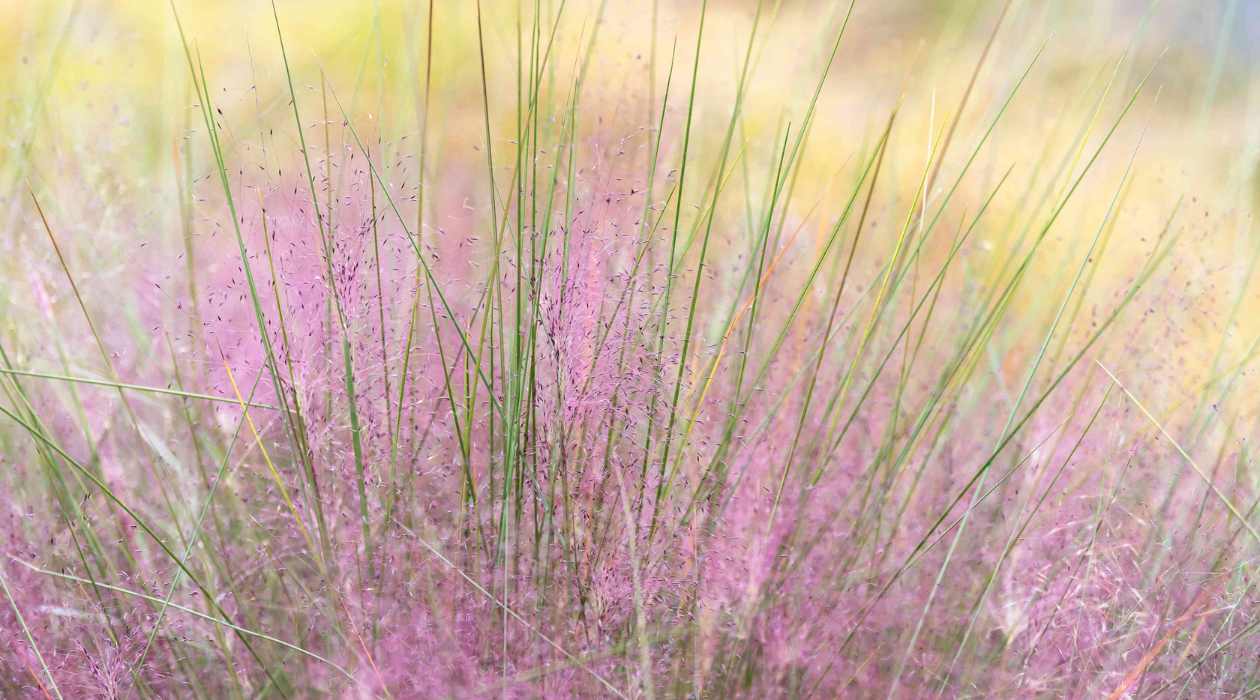
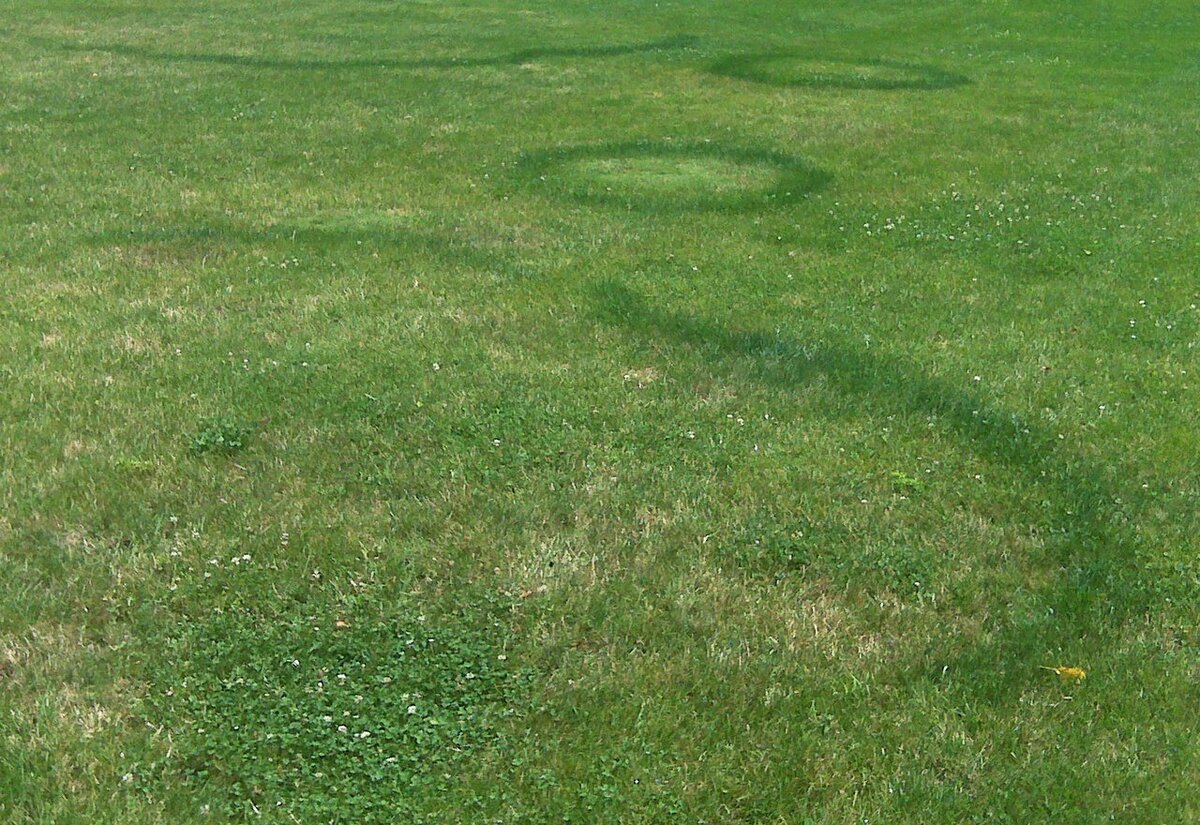
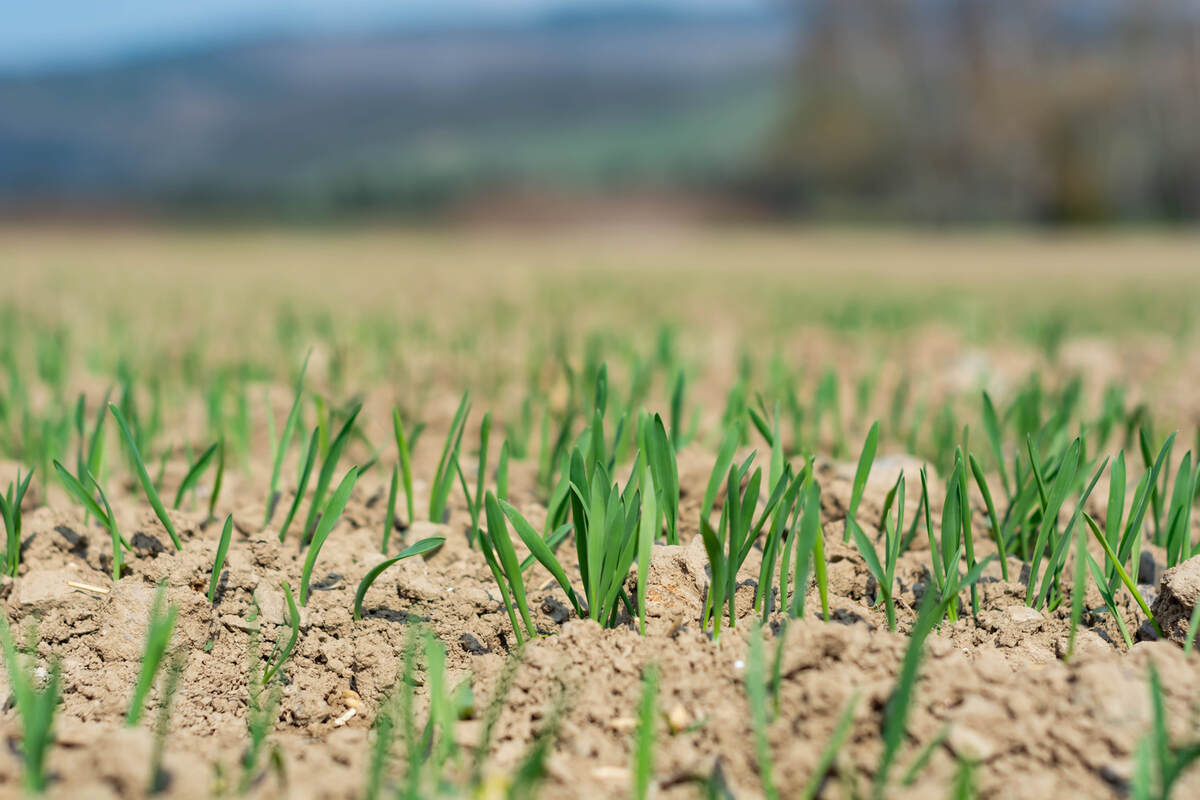
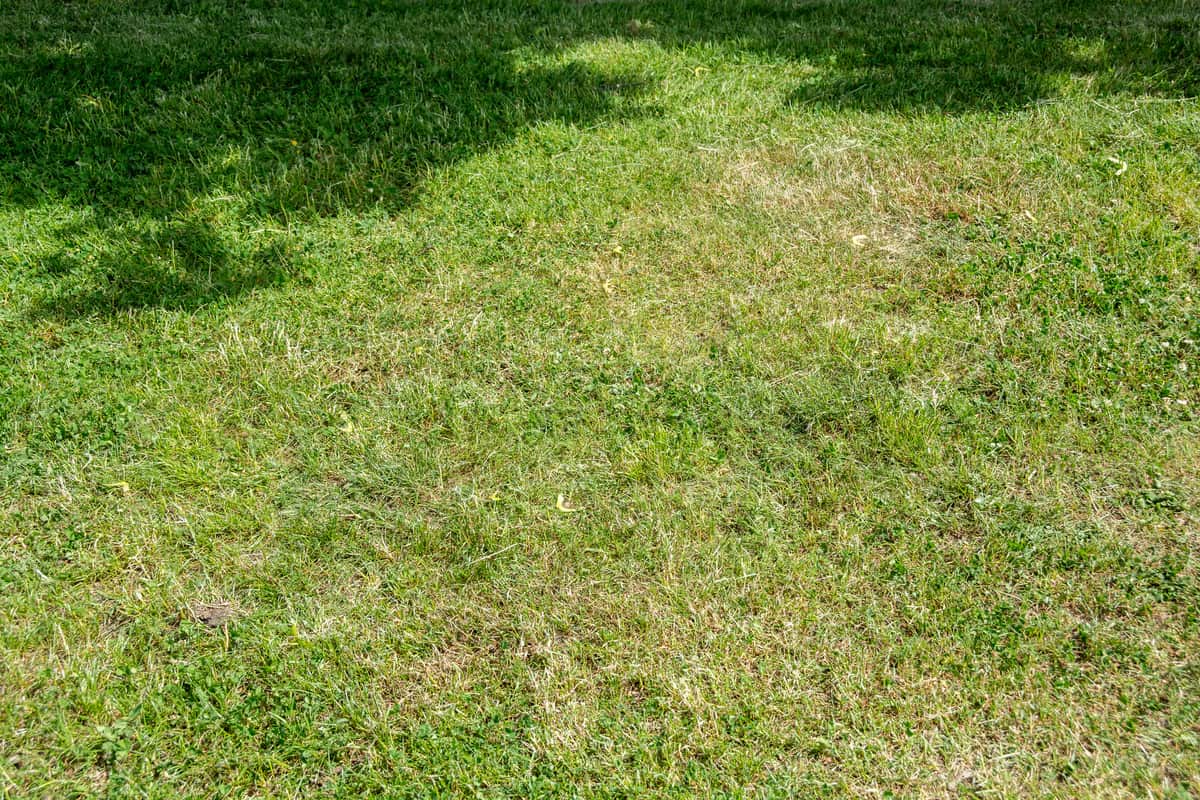
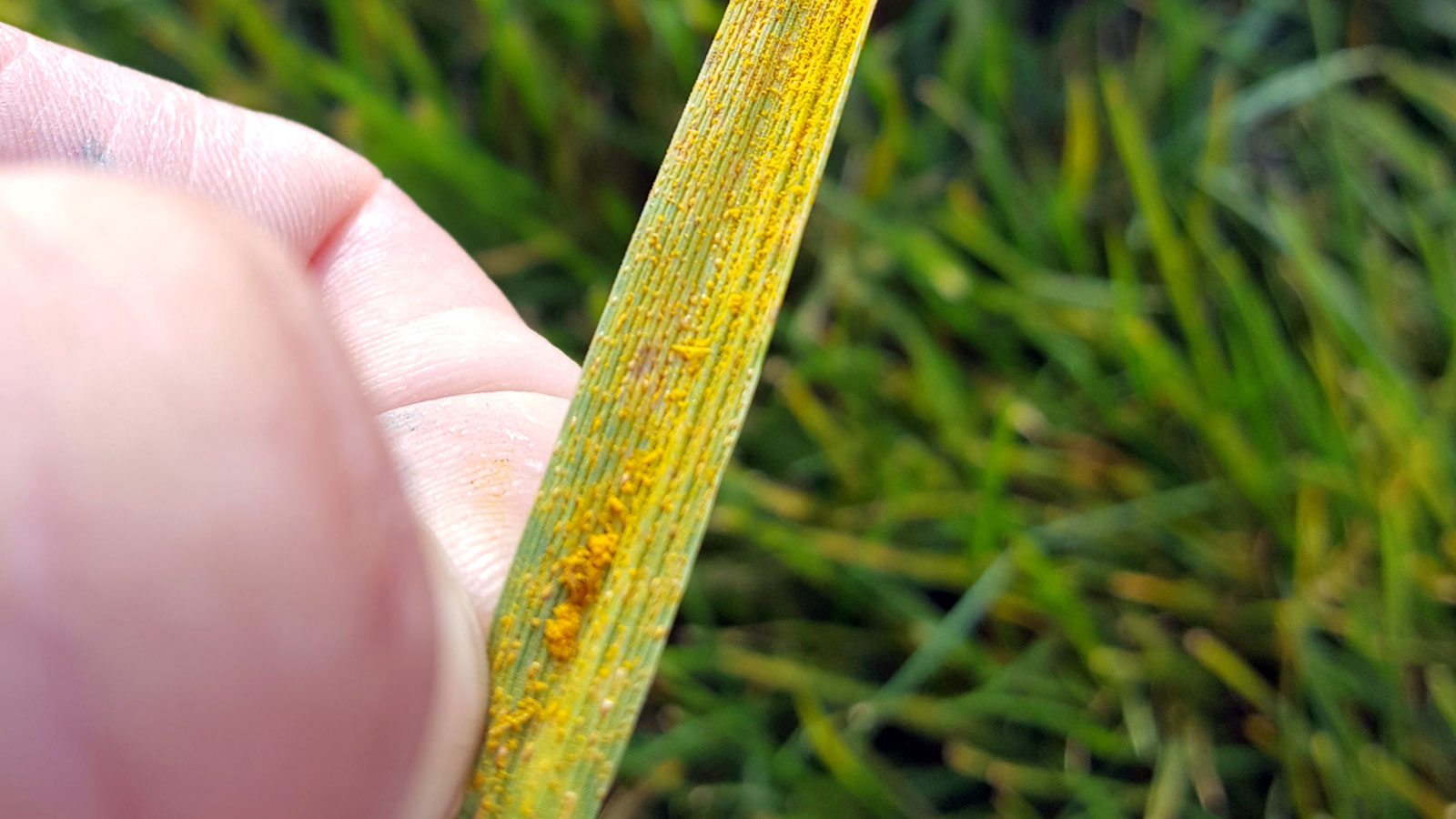
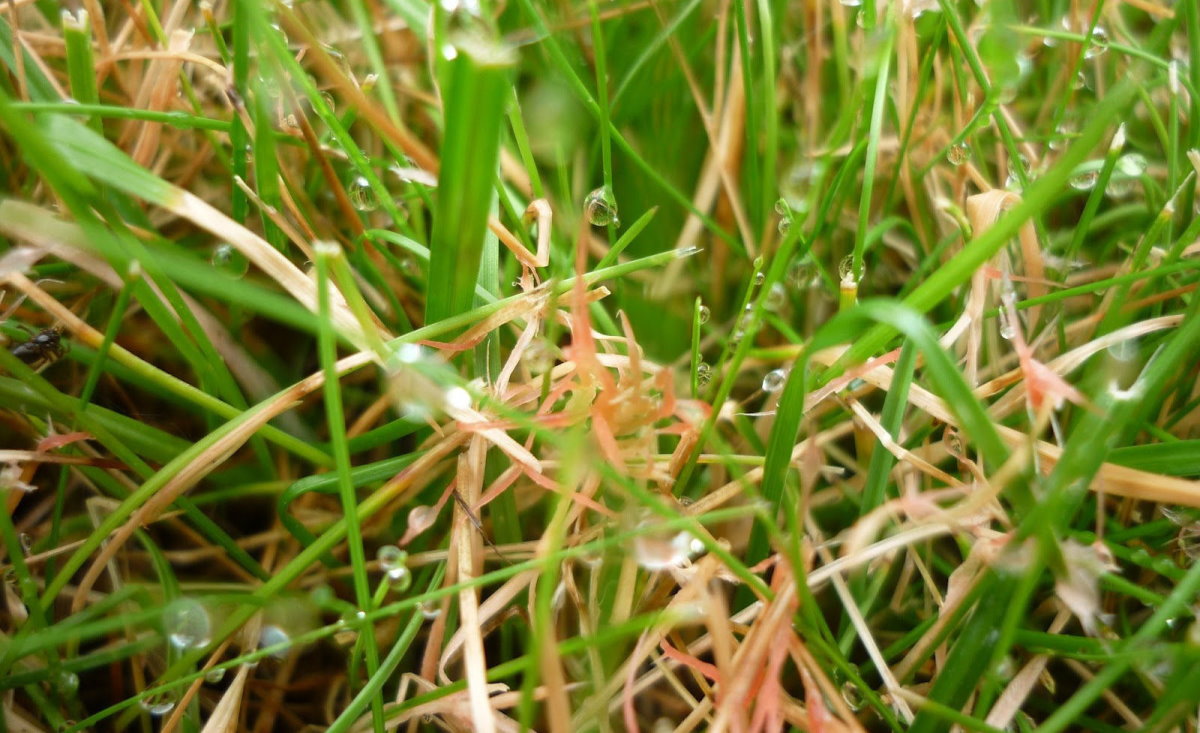
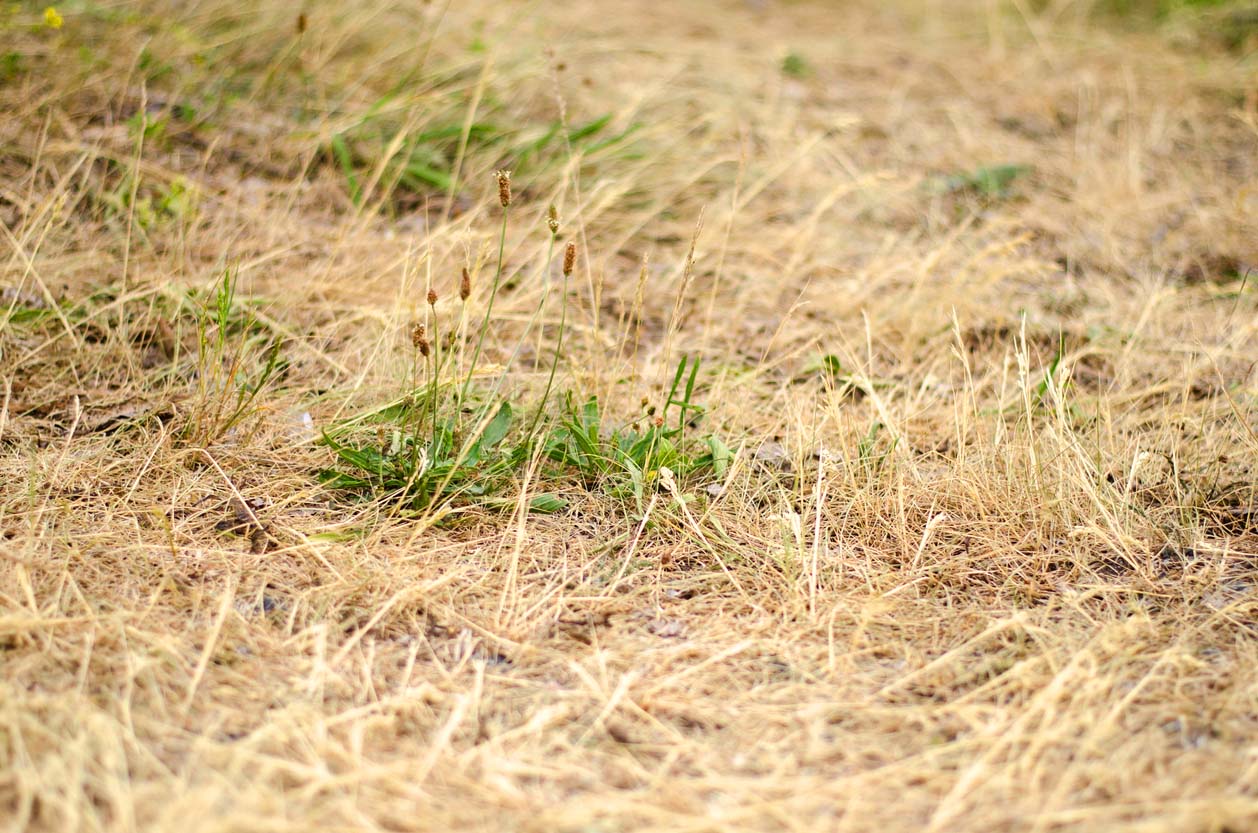
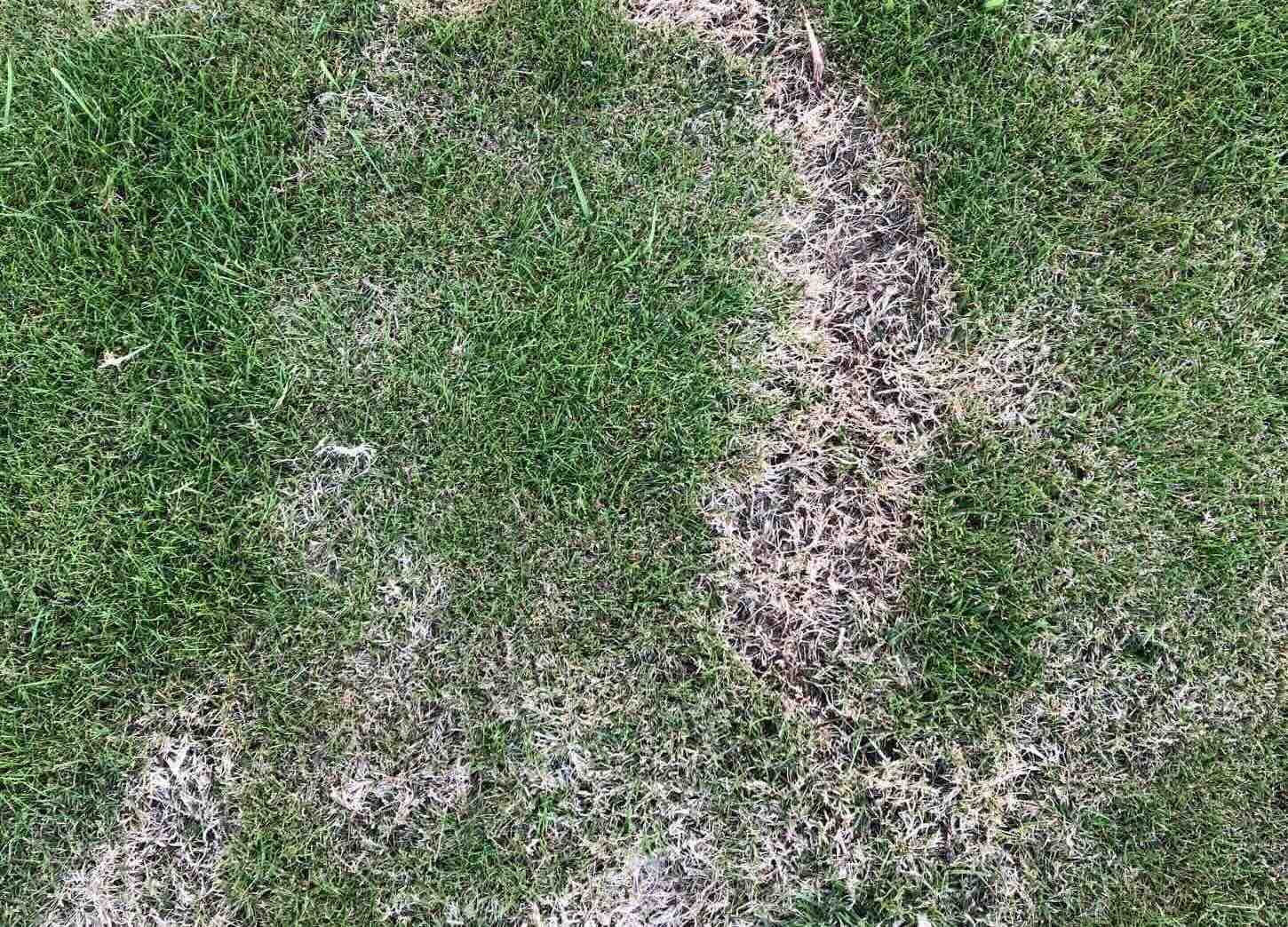
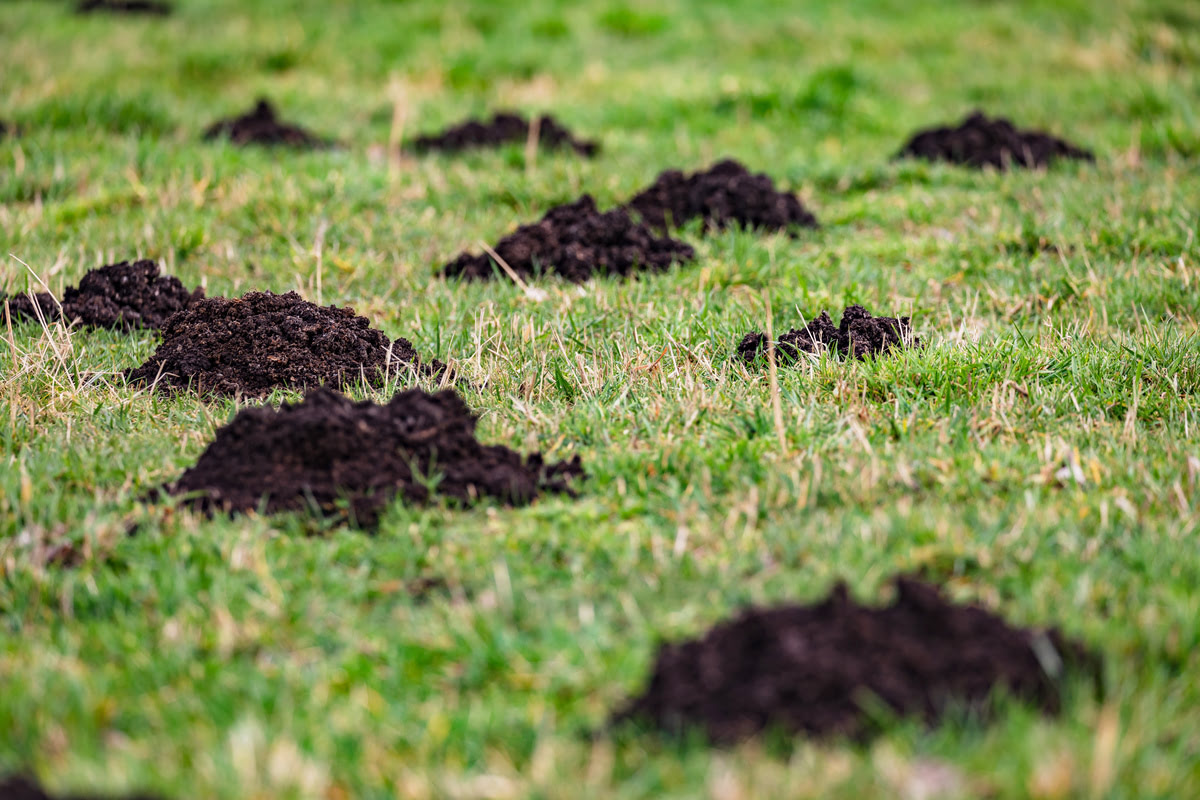
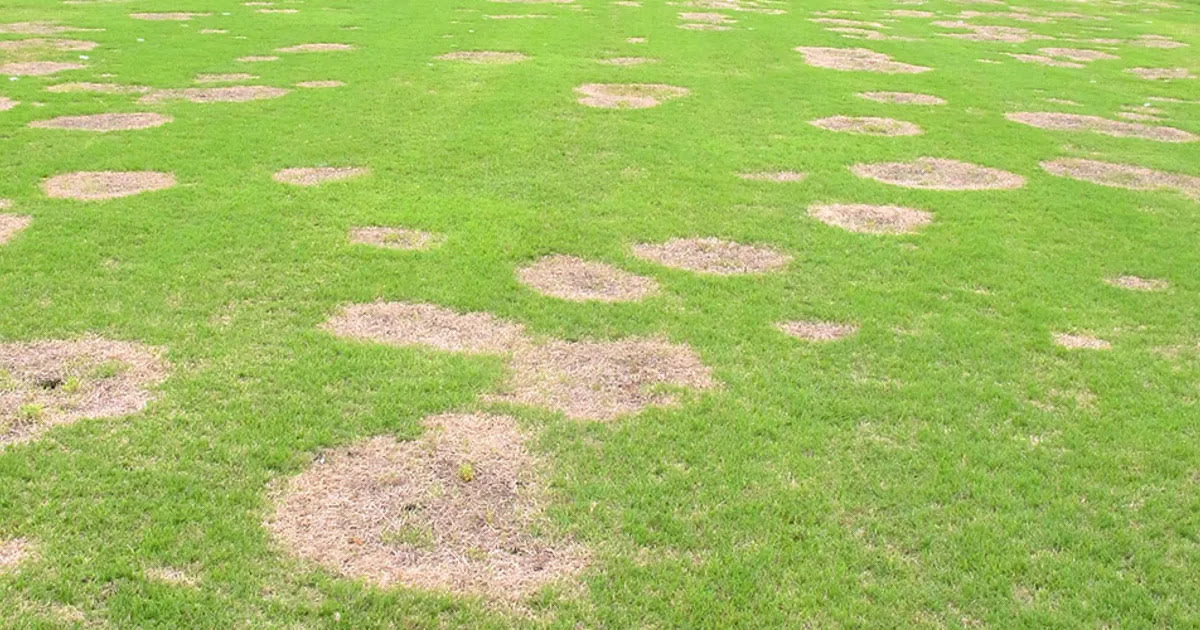
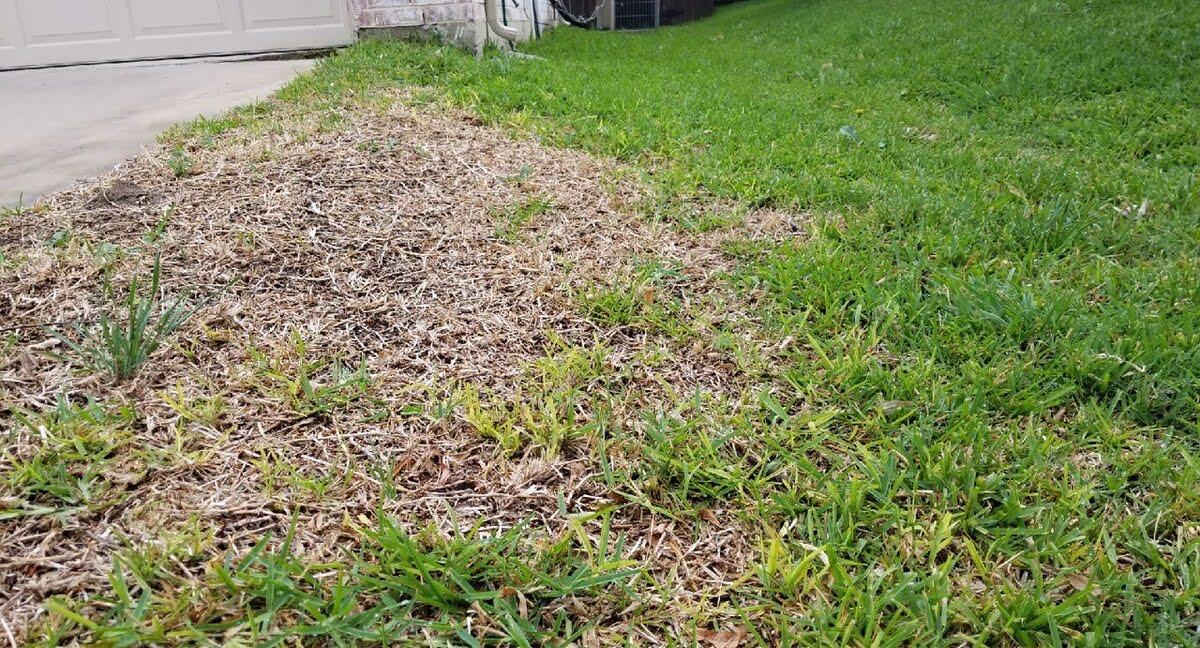
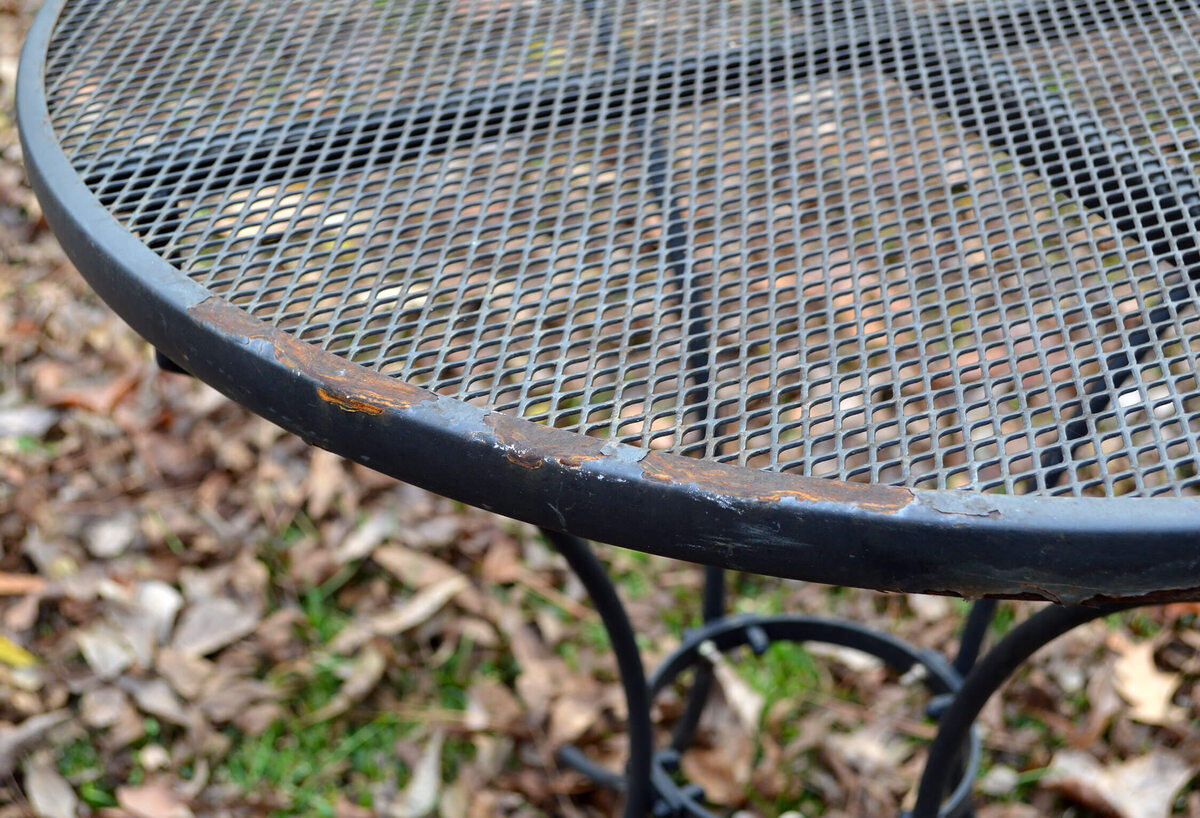
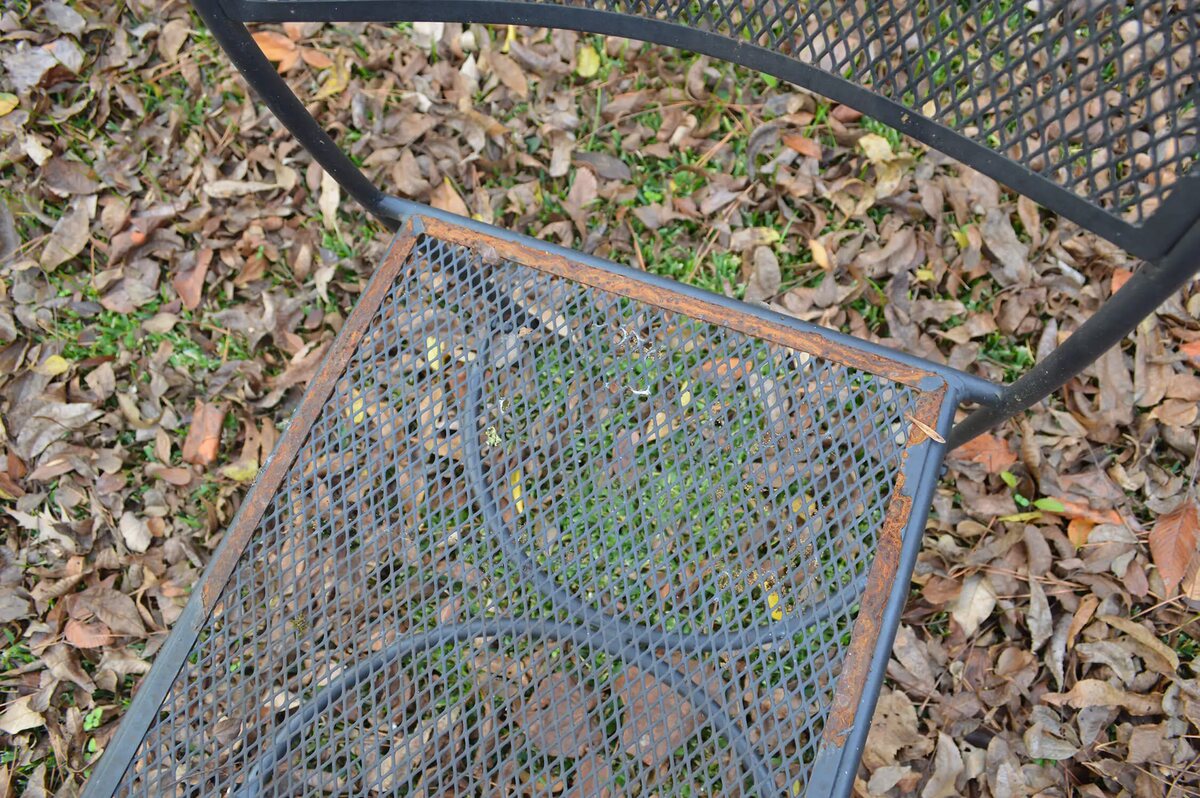
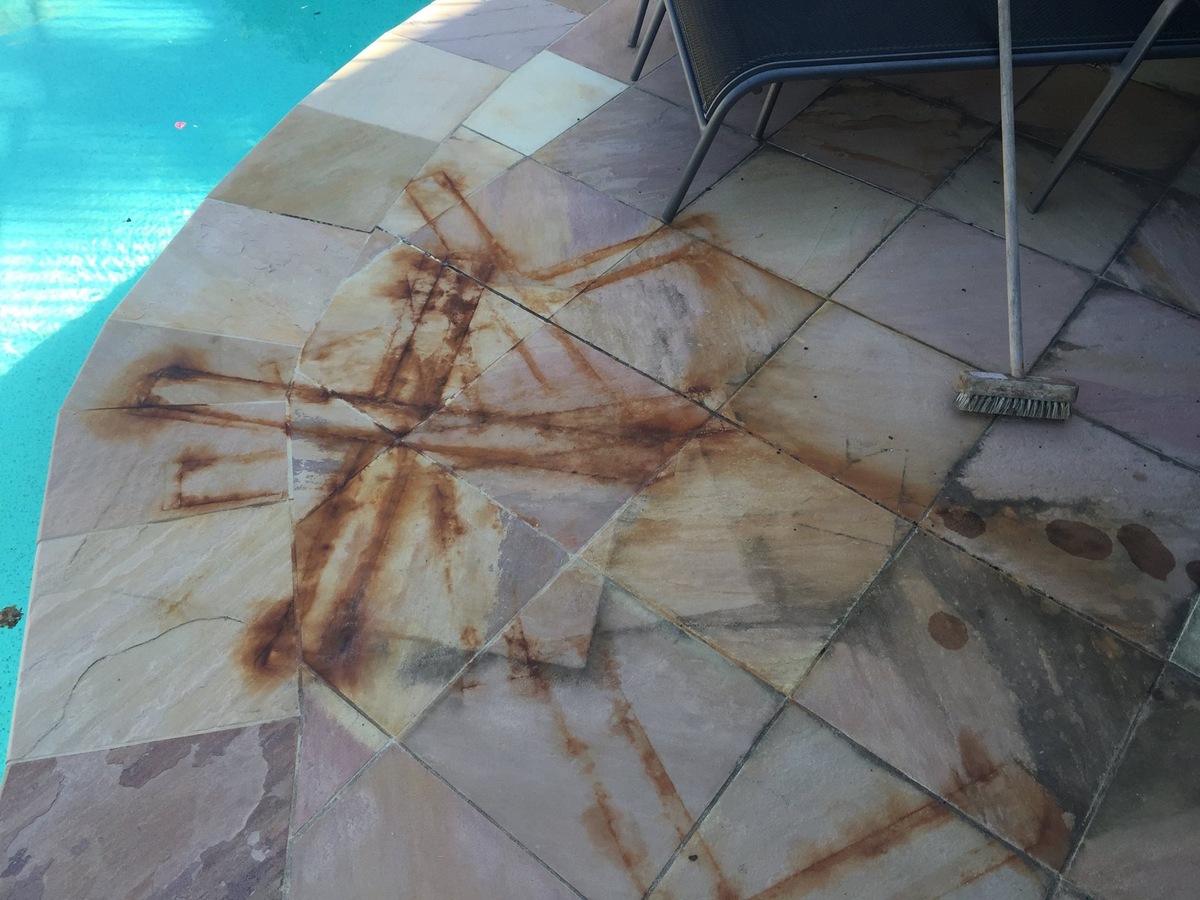

0 thoughts on “What Causes Rust In Grass”